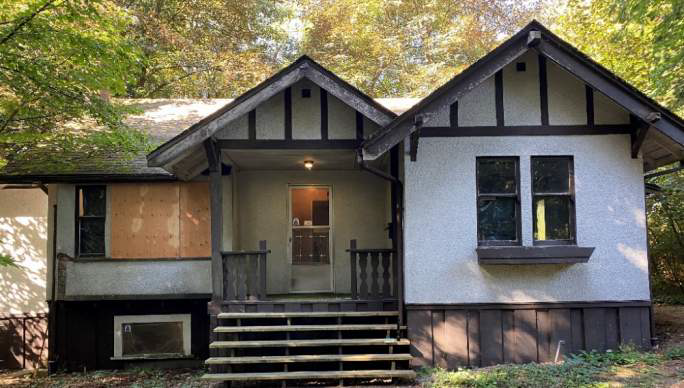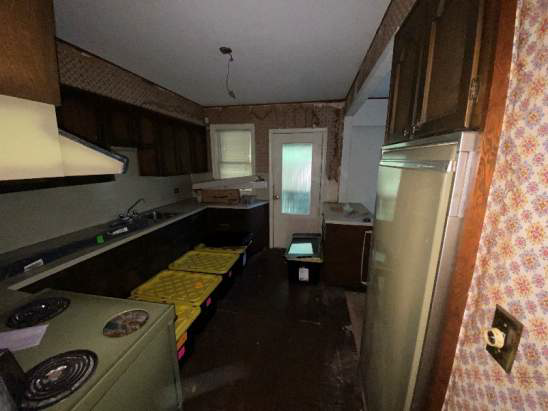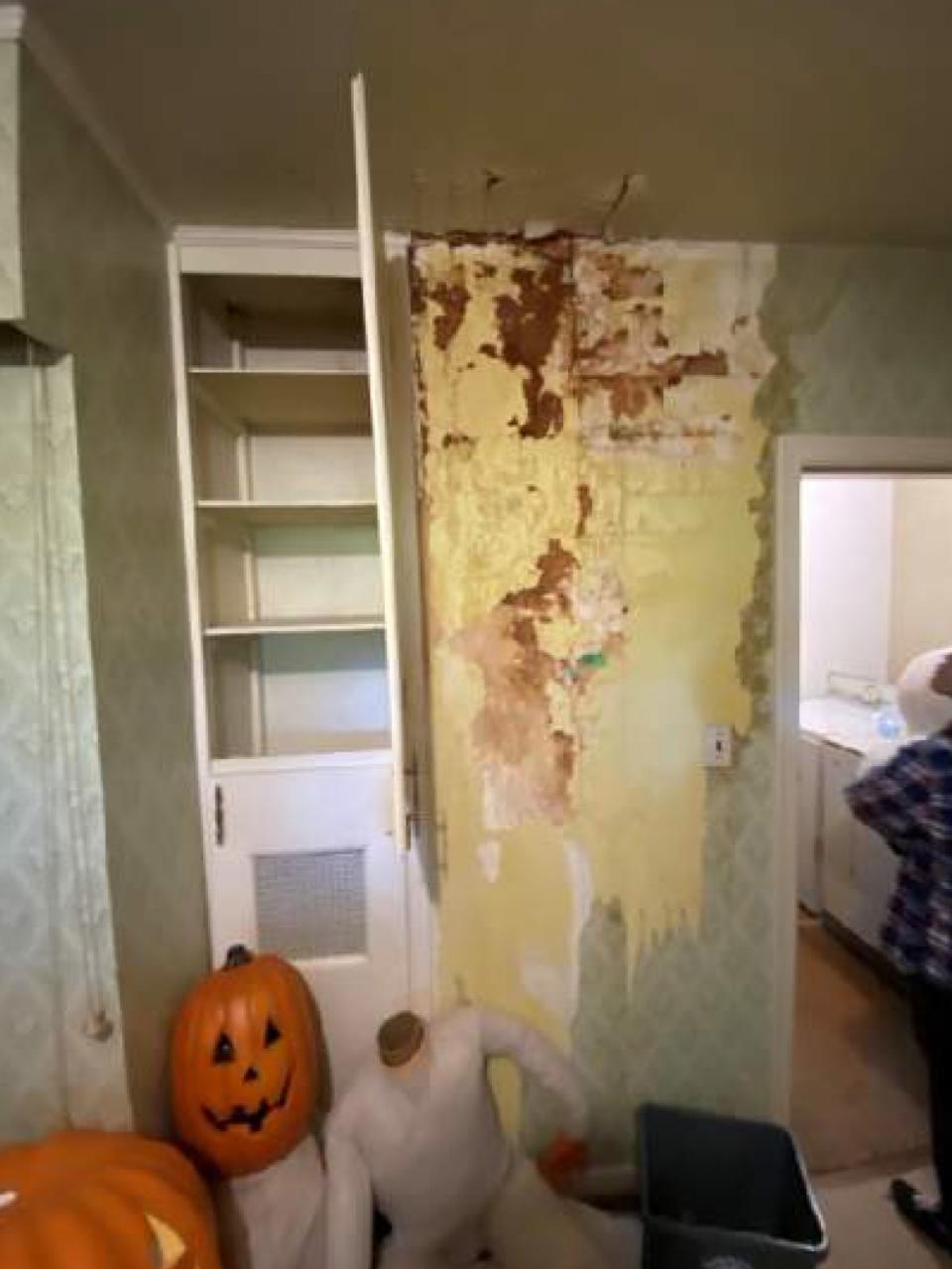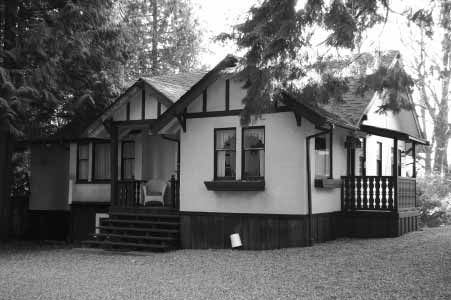Burnaby plans to demolish heritage home near Deer Lake
If you visit Deer Lake Park or any of the neighbouring arts, culture or recreational facilities in the area such as Shadbolt Centre for the Arts or Burnaby Village Museum, you may pass by and notice a derelict house on a plot of land overgrown with vegetation adjacent to Shadbolt. The cottage has good bones; it looks like the perfect setting for a horror movie, or if renovated, it is reminiscent of a hobbit house. One thing is for sure: the location is exceptional: a five-minute walk to Deer Lake. This is the Louis and Annie Hill cottage, and the City of Burnaby is considering its demolition.

The cottage was built in 1925; the city bought it from the original owners’ descendants in 2006. According to Burnaby heritage planner Lisa Codd, while city staff would love to keep all heritage buildings and continue to use them, the cost in this case would be prohibitive for the potential use and value of the building.
“We’re not saying that it’s a house that doesn’t have heritage value; I think we made it clear in the report it’s really a question of whether that value would justify the public dollars that would take to achieve a use and would those public dollars be better invested elsewhere,” Codd told the Beacon.
A 63-page report submitted to the city’s Heritage Commission during its June 13 meeting details the potential uses and possibilities for the space. One idea is to transform it into a cultural programming space like the city did with the Barn Studio, which opened last September. Another idea is to turn it into office space.
Every option comes with a long list of challenges. The house’s interior is relatively small, with very little space in its existing layout for programming, such as artist studios or classes.
“It is estimated the building could accommodate a group of approximately 20 to 27 people in a classroom style setting, or up to 8 to 11 for more interactive programming experiences (such as hands-on arts classes or summer camp programs),” the report’s appendix said. “Higher numbers of participants and greater programming opportunities could be achieved if several interior walls were removed to create larger rooms.”
Tearing down the inner walls to transform the space into a suitable programming space would require much work, including testing for and removing hazardous substances such as asbestos or lead paint. It would also be the most expensive option.


According to an appendix to the report, the estimated cost of transforming it into office space would be $1,456,254, while the cost of turning it into programming space while retaining its existing layout would be $1,518,875. Tearing down interior walls and changing the layout would cost $1,652,932. City staff members think that these funds are better spent elsewhere.
“There’s a need for programming space throughout Burnaby. Do we want to invest in more programming space at Deer Lake?” Codd said. “As staff, I think we want to and are obligated to always think about when we’re looking at something like what the value is for the citizens whose money we’re spending, and we didn’t feel like in this case that that value proposition was here for that property. The cost is very high for the space you can achieve.”
During the Heritage Commission meeting on June 13, Coun. Richard Lee suggested moving the building to the Burnaby Village Museum. However, according to the report and staff recommendations, the house is unsuitable for this purpose, which would require spending the same amount mentioned in the report on renovation plus the cost of moving it.
“We don’t think it’s a candidate to be moved because it’s really locked into that lot by the very old trees, and we also don’t think it’s in the right condition to move,” Codd said.
The Louis and Annie Hill cottage was built in 1925 and remained in the Hill family until the last homeowners sold the property to the City of Burnaby in 2006 and moved out in 2007.
Louis Hill immigrated to Canada in 1887 and was one of Burnaby’s first municipal councillors. The cottage is one of 40 heritage resources the city owns and manages. Some heritage buildings are rented out to private renters while the city decides what to do with them.

The proposal will go to council within the next few weeks, and once council decides what to do with the cottage, the planning process will begin. Funding will come from the city’s parks acquisition fund, which provides funds for acquiring land and preparing it for park use. Once the lot is fully incorporated into the park, it will become part of the Deer Lake Master Plan which will eventually decide its future uses. Codd expects the demolition and integration of the lot to begin in 2025.
“The city does have a fairly large portfolio of heritage resources and buildings and monuments and industrial artifacts that we care for, and that’s part of the reason why we do have to ask these sorts of value questions because we do have a whole portfolio, and to make sure that we’re putting the dollars that we’re investing into places where the resource is of high quality, and there’s historical significance and also where we could provide public access,” Codd said.
Lubna El Elaimy, Local Journalism Initiative Reporter, Burnaby Beacon


